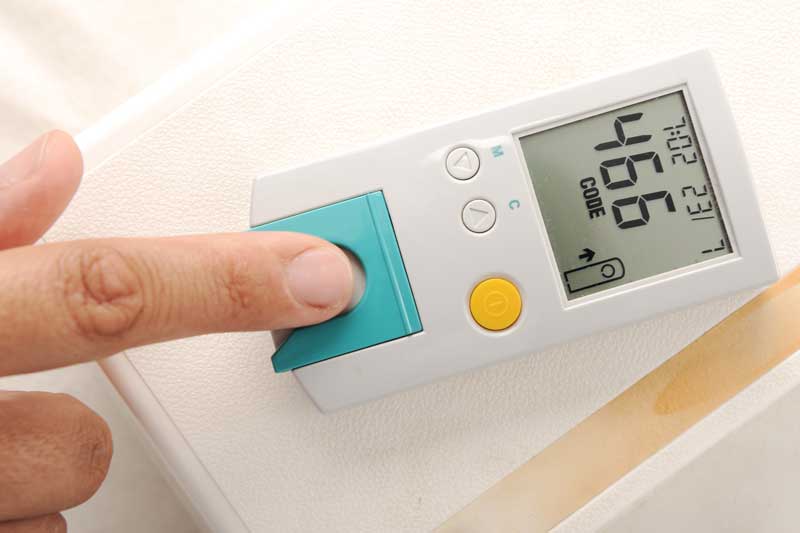Eat Right and Get Physical Activity
Choose a healthy diet, low in salt. Work with a dietitian to plan healthy meals. If you’re overweight, talk about how to safely lose weight. Ask about a physical activity or exercise program for you.
Don’t Use Tobacco
Smoking cigarettes causes hundreds of thousands of deaths each year. When you have diabetes and also use tobacco, the risk of heart and blood vessel problems is even greater. One of the best choices you can make for your health is to never start smoking—or if you smoke, to quit.
At least once a year, your health care provider will ask you about tobacco use. If you smoke, talk to your provider about ways to help you stop.
Check Your Blood Pressure
Get your blood pressure checked at each visit. Record these numbers on your record sheets. If your blood pressure is higher than 130/80, you may want to buy a blood pressure cuff and check your blood pressure at home. Ask your health care provider where you can buy a cuff.
If your blood pressure is still high after 3 months, you may need medicine to help control it. Many medicines are available to treat high blood pressure. If you have side effects from the medicine, ask your health care provider to change it.
Check Your Cholesterol
Get your cholesterol checked once a year. Your total cholesterol should be lower than 200 mg/dL (milligrams per deciliter). Ask your health care team to explain what your HDL and LDL levels are.
If your cholesterol is higher than 200 mg/dL on two or more checks, you can do several things to lower it. You can work with your health care team to improve your blood glucose control, you can lose weight (if you’re overweight), and you can cut down on foods that are high in fat and cholesterol. Ask your health care team about foods that are low in fats. Also ask about a physical activity program.
If your cholesterol is still high after 6 months, you may need a medicine to help control it. Your health care provider will advise you about what medicine to take.
Ask If You Need an Electrocardiogram (EKG)
If you’re having heart and blood circulation problems, an EKG may help you and your health care provider know if you need to change your treatment.

